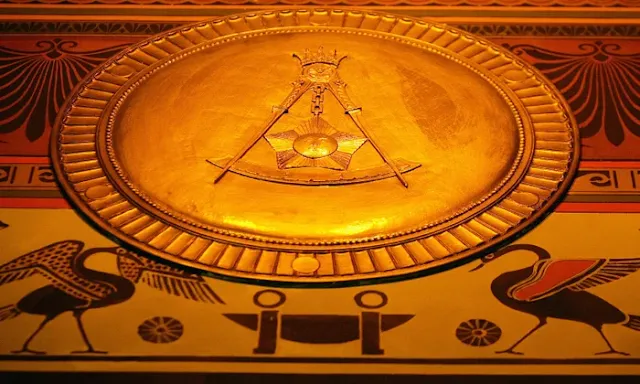Alien Abductions: Testimonies the Government Ignores
Alien abductions have long captured the human imagination, straddling the fine line between terrifying encounters and cosmic curiosity. These reported incidents, often dismissed by mainstream science and government authorities, have sparked countless debates, documentaries, and deep investigations into their authenticity. But what if these testimonies, whispered in the shadows of skepticism, hold fragments of a larger, unsettling truth? This article dives into the enigmatic world of alien abductions, exploring the firsthand accounts, government responses, and the lingering question of why these narratives are so frequently ignored.
Origins of the Abduction Phenomenon
The phenomenon of alien abductions gained widespread attention in the mid-20th century, particularly with the case of Betty and Barney Hill in 1961. This New Hampshire couple claimed to have been taken aboard a spacecraft by extraterrestrial beings, an event that would later become one of the most famous and studied alien abduction cases in history. Their story included chilling details of medical examinations and memory loss, becoming a template for countless reports that followed.
Early Accounts
However, the roots of these experiences stretch back further. Reports of strange encounters with 'otherworldly beings' can be found in ancient texts and folklore across the globe. From the sky chariots of Hindu mythology to medieval accounts of 'demonic' abductions, humanity has long wrestled with the notion of being taken by mysterious forces from beyond the stars.
The Anatomy of an Abduction
- Missing Time: A frequent hallmark of abduction cases, where victims lose hours or even days without memory.
- Medical Examinations: Many abductees describe being subjected to invasive procedures, often involving needles or scanners.
- Physical Evidence: Some individuals report strange scars, implants, or unexplained injuries following an encounter.
- Telepathic Communication: A notable number claim to have received messages from their captors without a word being spoken.
The psychological aftermath of these encounters can be profound. Symptoms often mirror those of PTSD, including anxiety, nightmares, and a pervasive fear of being taken again.
Famous Abduction Cases
The Hill Abduction (1961)
In 1961, Betty and Barney Hill's alleged abduction in rural New Hampshire set the stage for modern UFOlogy. Their experience, documented under hypnosis, revealed vivid recollections of medical experiments and telepathic communication with humanoid beings.
The Travis Walton Case (1975)
One of the most controversial cases, Walton claimed to have been taken aboard a UFO while working in the Apache-Sitgreaves National Forest. His disappearance for five days sparked intense media coverage and scientific debate.
The Allagash Incident (1976)
In this case, four friends claimed to have been taken aboard a craft while on a camping trip in Maine. Their shared memories, recovered under hypnosis, described a chilling, unified experience.
Government Involvement and Secrecy
Despite numerous reports, government agencies have largely remained silent or dismissive of alien abduction claims. Some theorists argue that this is a deliberate effort to conceal the truth, pointing to documents like the infamous Majestic 12 papers as evidence of a coordinated cover-up.
Conclusion
While skeptics point to psychological disorders, sleep paralysis, and the power of suggestion as explanations, the sheer number of consistent, detailed accounts demands a closer look. Whether a cosmic mystery or a deeply misunderstood psychological phenomenon, the testimonies of abductees offer a compelling narrative that refuses to be ignored.
Stay tuned for more deep dives into the unexplained on The Timeless Mysteries.






.png)


